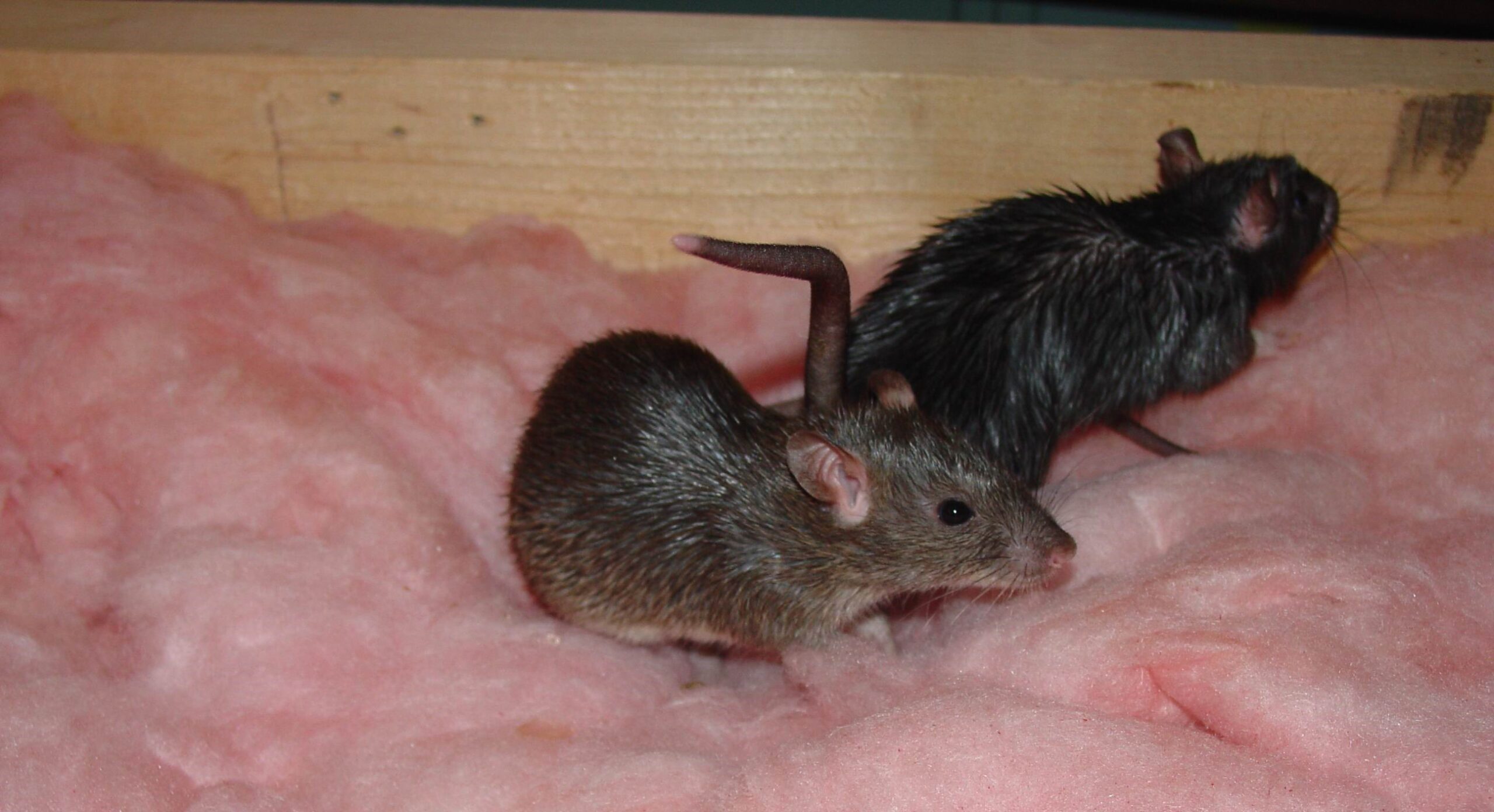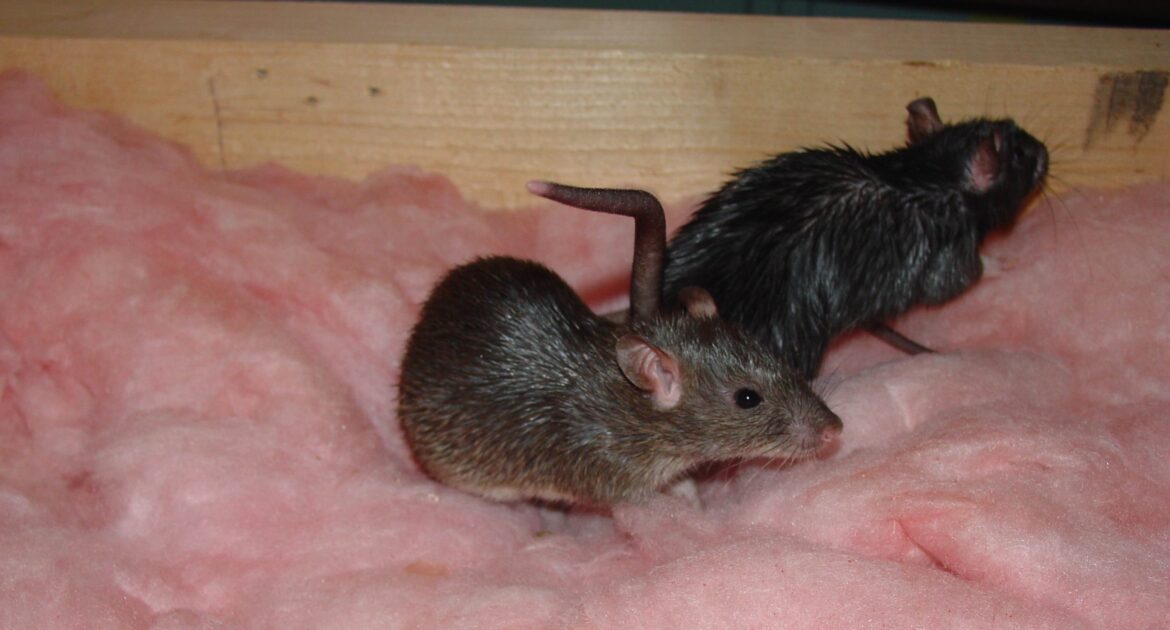Rats are more than just an unwelcome sight in your living space—they can cause significant damage, spread disease, and create a host of issues for you and your family. From sneaking into quiet corners to gnawing through essential wiring, these rodents are incredibly resourceful. The good news? You can take control. Rat-proofing your space effectively reduces the chances of these creatures taking up residence.
But how do you rat-proof your property successfully? We’ve developed a room-by-room guide to help you keep these unwelcome guests at bay.
From the kitchen to the attic, each area comes with its unique challenges and solutions. Whether you’re curious about how to keep rats away naturally or how to get rats out of your house, this guide has you covered.
A Cleaner Kitchen for Fewer Pests
It’s no surprise that rats love kitchens—they’re filled with food, water, and plenty of nooks to hide. Between crumbs on the counter and trash left unattended, your kitchen could be a buffet for rodents.
Rats are experts at squeezing through small spaces. Common entry points include gaps under doors, holes around pipes, and unsealed vents. Even the tiniest openings can serve as doorways for them.
Preventive Measures for Kitchens
- Clean All Surfaces Regularly: Crumbs and food particles often attract rats. Ensuring clean floors and counters minimizes the appeal of your kitchen.
- Store Food Securely: Use airtight containers for pantry items like grains or cereals. Even pet food should be kept sealed!
- Seal Gaps: Search for tiny openings around plumbing or vents and fill them with steel wool or caulk. This makes it hard for rats to enter.
- Take Out Trash Promptly: Don’t leave garbage lingering late into the night. Use bins with tight-fitting lids to deter rodents.
With consistent cleaning habits and a watchful eye on potential entry points, your kitchen can remain rodent-free.
A Dry, Organized Basement
Basements are like havens for rats—dark, quiet, and often filled with boxes to hide behind. Add in a water source like a leak or condensation, and you’re practically inviting them to move in.
Foundation cracks, improperly sealed windows, or gaps where utility lines run into your house make it easy for rodents to sneak into your basement.
Preventive Measures for Basements
- Repair Cracks Promptly: Walk around your basement walls and foundation to check for holes or cracks. Seal them effectively to block entry points.
- Declutter: Avoid giving rats a place to hide. Store items in plastic bins instead of cardboard boxes, and keep them off the floor.
- Eliminate Moisture: Fix leaky pipes and use a dehumidifier if needed. Rats are drawn to water sources.
- Check Window Seals: Ensure that all windows and vents are properly fitted and sealed.
A clean, dry basement isn’t just rat-free—it’s a better space for your family to use.
An Impenetrable Attic
Attics provide rats with a cozy haven away from the elements. Warm and quiet, these spaces offer the ideal environment for nesting and raising their young, making them a prime target for these rodents.
Rats are resourceful and can find their way into attics through various entry points. Roofline gaps, damaged vents, and even chewed soffits can serve as doorways for these unwelcome visitors. Additionally, undisturbed corners and cluttered areas make perfect nesting spots for rats.
To rat-proof your attic, it’s essential to take proactive steps to prevent them from entering your home.
Regularly inspect your roof for loose shingles, gaps along the roofline, or any other signs of damage. Repair any issues promptly to eliminate potential entry points. Secure vents with durable covers to prevent rats from squeezing through openings. This adds an extra layer of protection against unwanted attic invaders.
Rats may burrow into insulation, causing damage and creating entry points. Regularly inspect your insulation and ensure it remains intact and undisturbed.
Garage Doors Shut Tight Against Rodents
Rats are drawn to garages because they provide easy access to stored food, pet supplies, and materials for building nests. By addressing these attractions, we can discourage rats from making your garage their home.
Gaps under garage doors, holes in walls, and unsealed drains are common entry points for rats. These small openings can easily go unnoticed, providing convenient access for these nuisance rodents.
How do you rat-proof your garage? Start by installing weatherstripping to close off any gaps under garage doors, preventing rats from slipping inside.
In addition, keep pet food, birdseed, and other tempting items securely stored in sealed plastic or metal containers, removing any potential food sources.
By keeping your garage tidy and organized, you eliminate potential hiding spots and discourage rats from taking up residence.
Living Rooms: Fortifying Your Space
Rats are often drawn to living rooms by the enticing aroma of food left out, clutter that offers hiding places, and access to nesting materials.
Keep an eye out for baseboard gaps, holes around wires, or openings near fireplaces that can serve as entry points for these unwelcome guests.
How can you prevent them from entering? Keep your living room tidy and free of crumbs or food debris that might attract rats.
You should also be inspecting your walls and floors for any gaps around electrical wiring and sealing them up to block potential entryways. When not in use, use screens or covers to secure fireplace openings and prevent rats from entering.
Bedrooms—An Unexpected Shelter
In some cases, rats may venture into bedrooms, enticed by the warmth, solitude, and the potential for nesting in cluttered areas. These small nocturnal creatures can seek refuge in bedding, closets, and other storage spaces, making their presence particularly unwelcome. Understanding the reasons behind their attraction to bedrooms is the first step toward effective prevention.
Rats can find their way into bedrooms through various entry points. Gaps and cracks in walls or floors provide easy access, while openings under doors or shared ventilation systems can also serve as pathways for these unwelcome guests. It’s essential to identify and address these vulnerable areas to rat-proof your bedroom effectively.
Remember to keep closets and storage spaces neat and free of unnecessary clutter, as rats are attracted to areas where they can hide and nest. You can also regularly inspect walls, floors, baseboards, and other potential entry points for gaps or cracks. Seal them up to block rats from finding their way in. Lastly, ensure that bedding, linens, and textiles are stored in sealed containers to prevent rats from nesting or contaminating them.
Don’t Ignore Rat Activity—Take Action
Why do rats come into homes? To find food, warmth, and safety. But there’s no reason to share your space with these creatures. Rat-proofing proactively ensures that every room remains secure from these unwelcome houseguests.
At Skedaddle Humane Wildlife Control in Kitchener, we specialize in helping homeowners prevent and address rodent issues. Our humane approach focuses on letting rats out without allowing them back in—using one-way doors and professional sealing techniques.
If you’ve seen signs of rodent activity in your space, don’t wait. Contact us today to request a quote and learn more about how to keep rats away naturally and how to get rats out of your house for good. A safe, pest-free environment is just one call away!




